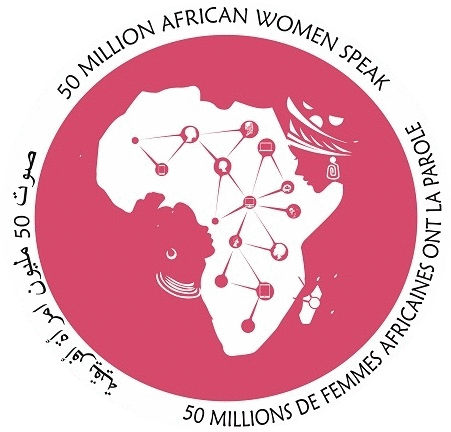Kenya Association for Maternal and Neonatal Health (KAMANEH) - Kenya
- Kenya
- Resources
- Social Services
- Social Services
HEALTH IN KENYA
The Constitution of Kenya 2010 devolved health services to the counties, which meant a complete change in the Health structure and its management in the country. The national Government handles all the level 4 hospitals which offer highly specialized care. Level 3, level 2 and level 1 healthcare centers are under the management of the county governments
Global evidence points to a direct correlation between the size of a country’s health workforce and its health outcomes. Over the last decade, Kenya’s progress in improving the overall health status of its population has had mixed results. While life expectancy has gone up and interventions to address specific diseases including HIV/AIDs, Tuberculosis and Malaria have yielded positive results, much remains to be done.
The top five causes of outpatient morbidity in Kenya are Malaria, Diseases of the Respiratory System (including pneumonia), Skin Diseases, diarrhea and accidents accounting for about 70 percent of total causes of morbidity. Malaria contributes about a third of total outpatient morbidity.
Kenya Association for Maternal and Neonatal Health (KAMANEH)
KAMANEH’s mandate is to identify, address, and prevent complications that arise during pregnancy, labor, delivery, and postpartum periods, and thus ultimately decreasing maternal, infant and child mortality rates in Kenya.
Programs
Antenatal care: While traditional antenatal care (ANC) is understood mainly to focus on obstetrical issues, contacts with pregnant women also provide important opportunities to deliver other preventive clinical interventions as well as counseling and health education on birth preparedness, danger signs and appropriate response, key practices at household level during and after pregnancy, and family planning.
Childbirth care: The interaction between skilled healthcare workers and mothers before, during, and just after labor is critical for saving lives and ensuring good, healthy birth outcomes. Best practices include ensuring mothers are involved in the decision-making (including where they will give birth) and are provided with supportive care at all stages and that the birth proceeds without intervention, as long as labor progresses normally and the woman and baby are well. When complications arise, health workers must be ready to respond appropriately
Complications during childbirth: Pregnant women need a good assessment late in pregnancy to anticipate problems and ensure they receive any needed special care.Teaching expectant mothers about the importance of seeking healthcare can also prevent adverse birth outcomes. Giving birth in a center where assisted delivery or caesarian section can be provided quickly can also save a baby’s life. Good monitoring of the mother and fetus throughout labor ensures that prompt action can be taken to prevent conditions from evolving to a life-threatening state.
Essential newborn care: There is good evidence that adherence to recommended essential newborn care practices substantially reduces mortality risk, especially for very small newborns. Health service contacts (notably associated with antenatal care and the hospital admission for childbirth) are important opportunities to influence these practices. In some settings, community health workers (CHWs) can serve as important channels to influence adoption of these practices among pregnant women.
Every Woman Every Child: Every Woman Every Child is an unprecedented global movement that mobilizes and intensifies international action by governments, multilaterals, private sector institutions, and civil society to address the major health challenges facing women and children.
Nutrition (breastfeeding): Breastfeeding is one component of an important set of care practices, which also include extended skin-to-skin care and other measures to ensure thermal stability. While these measures can be beneficial for all babies, they are especially important for very small newborns for whom the transition to life outside of the uterus can challenge their limited ability to adapt.
Exclusive breastfeeding for the first six months of a child’s life reduces child mortality and has health benefits that extend into adulthood. Breastfeeding benefits not only the child but the mother and family also, as it is free of cost and reduces the risk of infection in newborns, hence a reduction in medical bills. Breastmilk substitutes and animal milk not only lack essential immune-building components; they also expose the infant to an increased risk of infection and morbidity.
Community engagement: Working closely with local leaders, civil society members, and existing structures is a core principle of community engagement.
Engagement strengthens citizens’ voices by involving them in the decisions that affect them. Community engagement can increase the impact of health programs and contribute to long-term sustainability. Women’s groups convened for participatory learning and action is a methodology that has been tested across Latin America, Asia, and Sub-Saharan Africa. When certain key conditions are met, this approach has been shown to reduce maternal and newborn mortality risk.
CONTACTS
Tel: [+254] 725 878 276 / 735 035 975
P. O. Box 45 – 00507
Nairobi, Kenya





